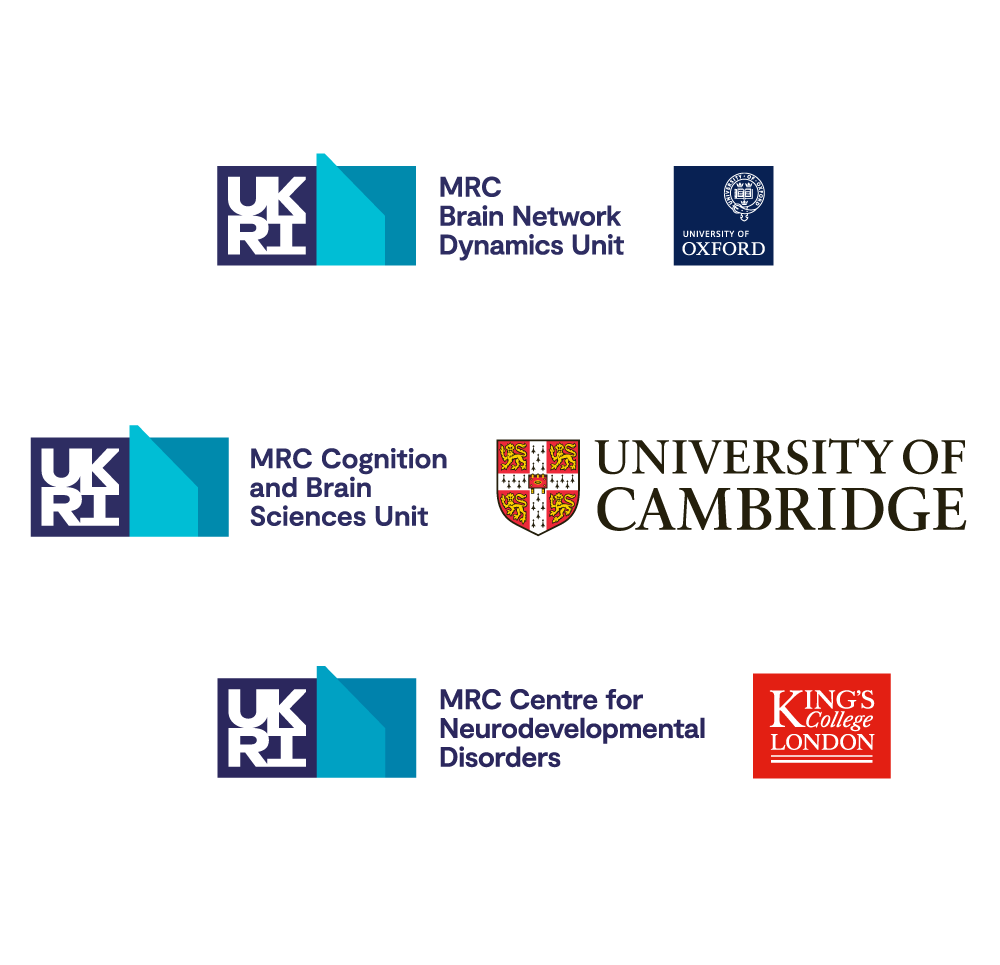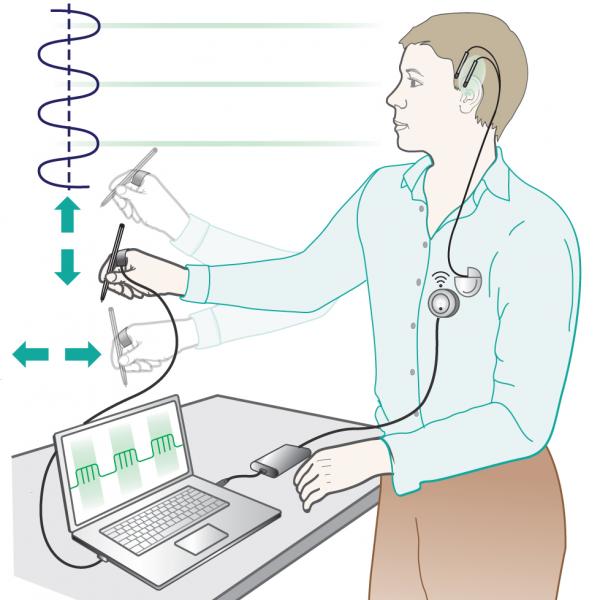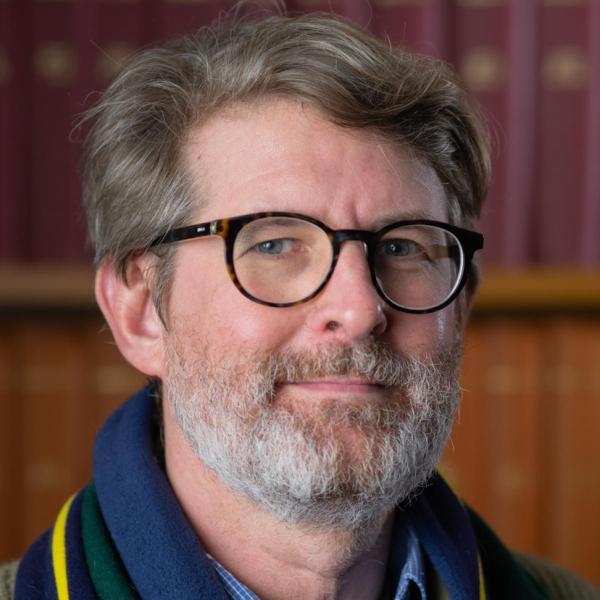Unit forms new research network with MRC CBU, MRC CNDD and industry
Unit forms new research network with MRC CBU, MRC CNDD and industry

We are delighted to announce that the MRC Brain Network Dynamics Unit has received funding to support a new research collaboration that aims to advance the use of next-generation transcranial magnetic stimulation devices for studies of human brain function in health and disease.
The new collaboration will capitalise on the Unit’s interactions with the MRC Cognition and Brain Sciences Unit (MRC CBU) at the University of Cambridge and the MRC Centre for Neurodevelopmental Disorders (MRC CNDD) at King's College London. As part of this collaboration, the Unit will leverage its bioengineering expertise and industry partnerships to develop devices that allow for unprecedented control over the patterns of magnetic stimuli that can be delivered to the brain.
Unit Interim Director Professor Peter Magill commented “This is a really exciting opportunity for us to team up with world-leading researchers at the MRC CBU and MRC CNDD. By working together, we envisage that rapid and sustainable progress can be made towards delivering devices with the potential to enhance research across the UK and further afield.”
Professor Tim Denison, who will lead the Unit’s contribution to the new research network, commented “We look forward to working with our collaborators as we pursue our shared goal of providing - in an open and transparent manner - the wider research and innovation community with our latest state-of-the-art transcranial magnetic stimulation system for therapy discovery and translational research.”
Dr. Lothar Krinke, CEO Magstim Group Inc., commented “The UK has led the field of transcranial magnetic stimulation technology since the initial invention at Sheffield University. This grant to our academic partners will address important needs for researchers and clinicians in the field of non-invasive brain modulation. We value our partnership with the research network and are collaborating to ensure that new technology will be available to users and customers around the world.”

Illustration courtesy of Jane Fallows.

Professor Tim Denison FREng


